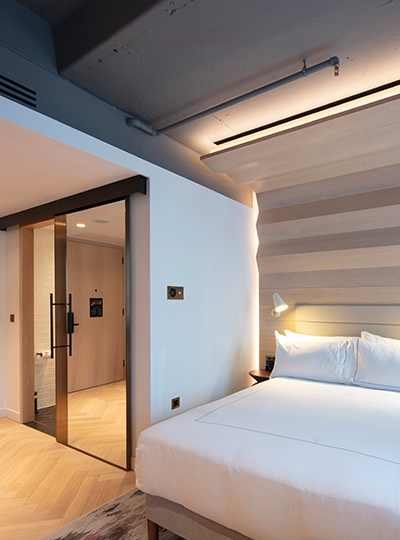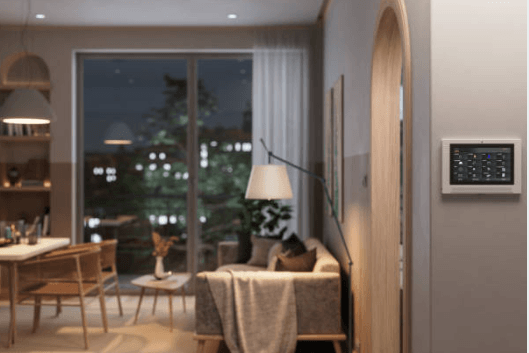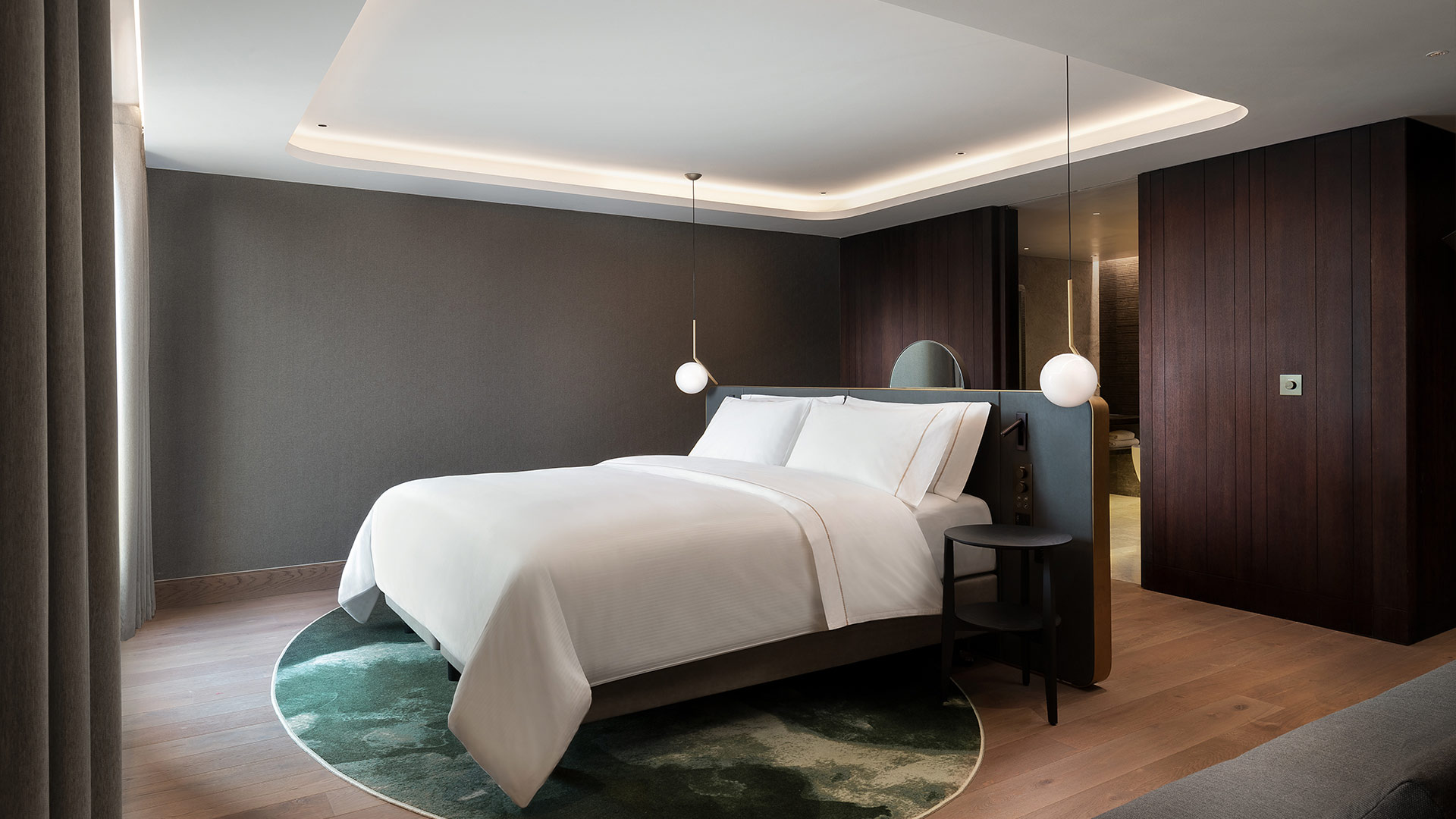A dream of intelligent lighting control
Lighting control is the backbone of any lighting project, the synergy between a lighting scheme and its control system is undeniable. From a simple switch on the wall, to an analogue time clock, or an elaborate dimming control system, we need to be able to control the light levels in any given space. But what does the future of lighting control hold and how could we be challenging it to deliver?
It feels like now, more than ever, we are on the brink of the next lighting evolution. No longer are we igniting gases in combustion chambers or driving electricity through thin strips of wire simply to create light. Light sources have become miniaturised and electronic, almost digital in their nature. They’re now more civilised thanks to diode technology allowing for a low-power light-emitting source.

But how has the control of these sources evolved?
We’ve progressed from on/off switches, to dimmers, to remote controls, and have now landed on Bluetooth technology. Today we have the power to control all manner of lighting solutions with smart devices that can be controlled with the swipe of a touchscreen.
But let’s be honest, these smart systems can still be irksome in their connectivity as well as interaction. Altering light levels and the creation of the right atmosphere doesn’t happen automatically, it isn’t always intuitive and can also cause confusion rather than comfort. We must still make the decision to act in order to switch on, dim down and eventually turn off the light.
What should be the next step in lighting control?
I have a dream, one from the perspective of a lighting designer – a dream of a lighting control that outshines all other lighting controls.
In my opinion the evolution of the control system would involve a truly intelligent fixture that responds to our needs without our interaction. I know what you’re thinking – this is just PIR (sensor) control – and to an extent you would be correct. But I’m talking about something a little more sophisticated than that. I’m talking about an all-in-one solution.
Imagine a single system that pre-empts all eventualities, not one that simply dims the lights or switches them off, but a system that employs a combination of occupancy detection and artificial intelligence. One that can change colour temperature as well as light levels, one that can define ambiance and atmosphere.
I’m talking about a system that can adapt and learn how to respond to the environment we randomly yet naturally present in our day to days lives, all without us lifting a finger.
Let’s consider some typical spaces and how this technology could take control.
While commercial projects do use intuitive technology more than any other sector, there is still room for improvement. If someone stands at a presentation board for example, we need a lighting scheme that decreases its light levels and focuses on the board without intervention. When someone sits at a workstation, the light level needs to increase to create a task environment, which then automatically retreats when the person departs.
We are looking for a control system that intuitively reads a room and responds by delivering the necessary lighting to aid the tasks being carried out within the room.

What is being done?
Residential and hospitality lighting schemes are so often let down by technology as controls become increasingly more complex till their use is impractical. Smart lighting shouldn’t outsmart us. This is not to say that nothing is being done about the matter, it’s an interesting market with the likes of Apple, Google, Amazon and Philips Hue all attempting to stake their claim on intelligent, automated control systems.
Lighting should be intuitive; it should know when to be on and at what level to be at without us having to do all the work. With the very real pressure of the construction and design industry to be sustainable, systems that involve efficiency and provide the opportunity to reduce energy use can be nothing but a bright idea. But ultimately there is still a distance to go and truthfully, ensuring compatibility between fixtures and any control interface is a difficult task and we are far from an out of the box, one size fits all solution.
Is this just the voice of a man who can no longer be bothered to interact with a light switch? I really don’t think it is. I don’t necessarily have the answers, or the technical savvy to tell us how to get there, but I believe this is the next logical step that the lighting industry can and should make.
Innovation is coming, and I predict that the next five years will see light fixtures advance to provide integrated control devices that go beyond what exists. And over time, as it always does, technology will advance, prices will fall to a cost level that will allow this concept to be accessible to all and mass-adoption will be assumed.
Let’s give the power to the light itself and stop trying to control something that should be intelligent enough to automate and control itself.


